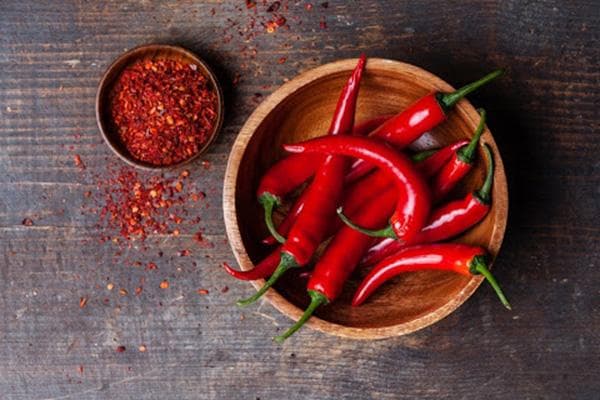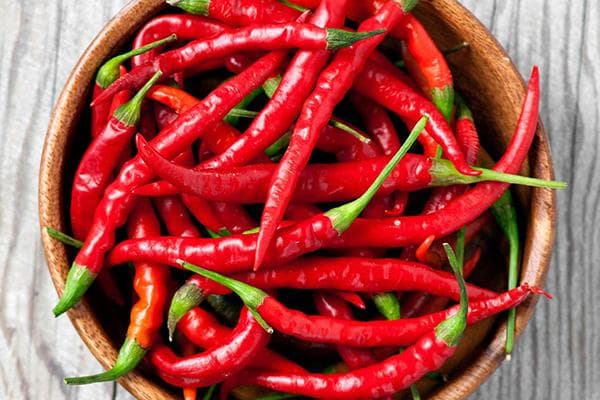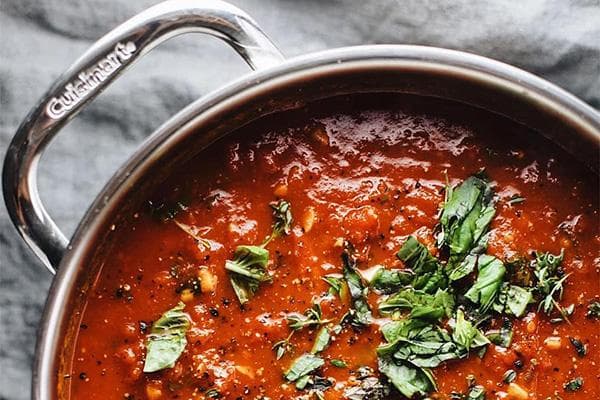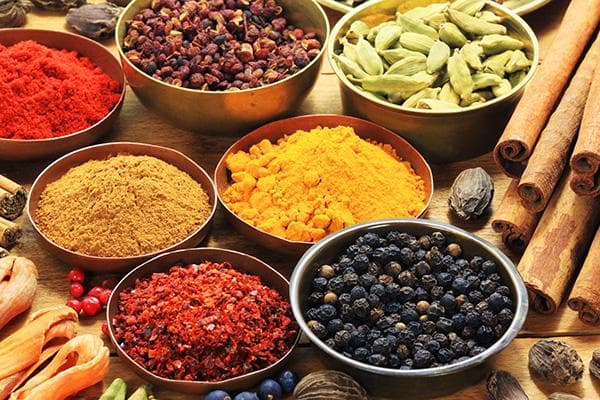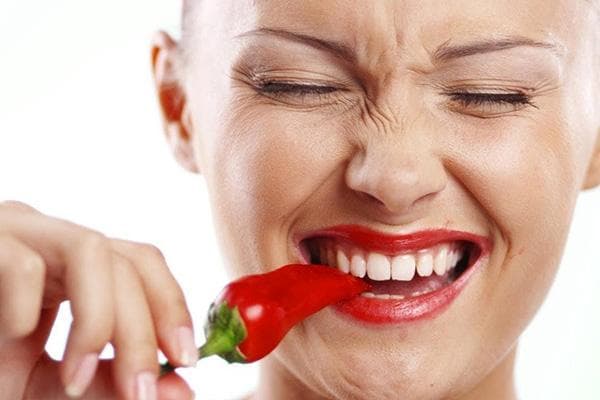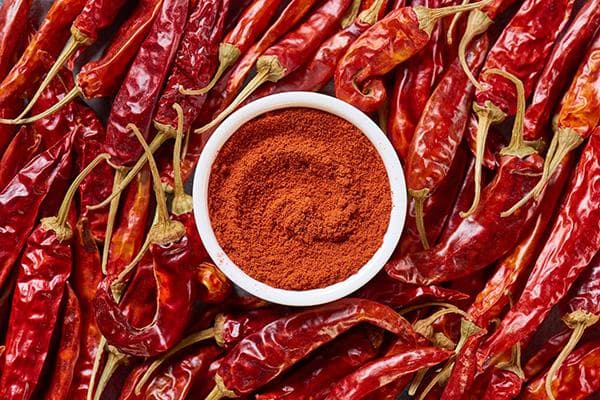Cayenne pepper - what kind of vegetable is it and where is it used?
Content:
Cayenne pepper gives dishes a fiery taste and rich aroma. With its help, you can prepare culinary masterpieces from simple products. The main thing is not to overdo it with the spice, so as not to cause a “fire” in your mouth. We invite you to get to know cayenne pepper better: find out what it looks like, where it is used and what health benefits it brings.
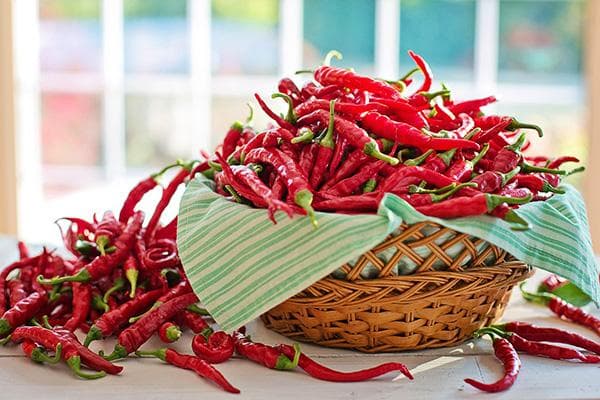
What is cayenne pepper?
Cayenne pepper (Capsicum frutescens) is a species of plant in the Capsicum genus of the Solanaceae family. Currently, it is cultivated on an industrial scale in the USA, Latin American countries, India, Vietnam and other hot regions. From seeds, the plant can be grown at home on a windowsill.
What does cayenne pepper look like?
Cayenne pepper looks like other members of the Capsicum genus: it has an oblong trunk-shaped or spherical shape. A distinctive feature is the small size of the fruit. They do not exceed 1.5 cm in diameter.
When ripe, the pepper acquires a bright red color. Sometimes it’s dark, almost purple.
Cayenne pepper: hot or not?
Capsicum frutescens is a hot variety. Therefore, when using it for preparing food and drinks, it is recommended to wear rubber gloves. For many people, the slightest contact of pepper juice on the skin causes redness and a burning sensation.
It is useless to drown out the heat in the mouth after eating pepper with water. After all, the substance that gives the vegetable its pungency (capsaicin) does not dissolve in it. But milk, yogurt, cheese, bread crumb, citrus fruits and sugar syrup will help neutralize the heat.
How many scovilles are in cayenne pepper?
Scoville is a conventional unit that shows the capsaicin content of food. The higher the value, the spicier the product is. The table below shows how much Scoville is present in Capsicum frutescens compared to other hot varieties.
Table 1. Scoville in popular hot pepper varieties
| Variety | Meaning |
|---|---|
| Habanero | 100 000 – 350 000 |
| Jamaican | 100 000 – 200 000 |
| Piri-piri | 100 000 – 150 000 |
| Thai | 50 000 – 100 000 |
| Cayenne | 30 000 – 50 000 |
| Serrano Pepper | 10 000 – 23 000 |
| Jalapeño | 2 500 – 8 000 |
| Rocotillo Pepper | 1 500 – 2 500 |
Thus, from the point of view of pungency, Capsicum frutescens is a strong “average”. In the form of a dried powder, it is recommended to add it to dishes at the end of cooking so that heat treatment does not destroy the aromatic substances.
How is cayenne pepper different from chili pepper?
Chile is the collective name for red hot varieties of the Capsicum genus. Botanical name: Capsicum annuum.
It is incorrect to say that cayenne pepper is any different from chili pepper. It's just one of its varieties. But you can also find other red varieties on sale: larger in size, with less capsaicin content or a less pronounced aroma than Capsicum frutescens.
Where is hot pepper used?
Cayenne pepper contains a large number of biologically active components.Therefore, it is successfully used in cooking, cosmetology and medicine.
Hot and cold dishes
The hot spice is most often found in the cuisines of southern countries: Thailand, India, Mexico, Brazil, Peru. After all, capsaicin not only gives food a spicy note, but also protects it from spoilage.
To taste, cayenne pepper goes well with the following dishes:
- fried meat, especially fatty varieties (pork, lamb, duck);
- fish and seafood;
- stewed vegetables;
- soups;
- legumes;
- brown rice, bulgur;
- pickles, marinades;
- sauces.
But you need to be very careful when using the spice in food. For example, for a meat dish for two people one pinch is enough, and for 2.5 liters of soup - the amount on the tip of a knife. Fresh peppercorns, as opposed to dry seasoning, are best added at the beginning of cooking. So, for pilaf consisting of 800 g of rice and 400 g of meat, 1–2 pieces are enough.
But what about those who like the taste of cayenne pepper, and not its spiciness? In this case, vegetable oils, dairy products, sugar and acids (vinegar, citrus juice) will help neutralize the heat.
Hot pepper makes a wonderful flavor ensemble with other seasonings. But it goes best with garlic, basil, coriander and bay leaf.
Coffee with cayenne pepper
Coffee with hot pepper is a drink for real gourmets. It perfectly tones the psyche, drives away fatigue and bad mood, speeds up metabolism and helps to lose weight. But the taste of such coffee is not for everyone. Some people may find it too hot.
The recipe includes the following ingredients:
- ground coffee – 2 teaspoons;
- “Cayenne pepper” seasoning - on the tip of a knife;
- nutmeg - a pinch;
- allspice – 3 peas;
- water – 150 ml.
Pour coffee into the pot, add water and place on the stove. Cook over low heat. When the water becomes hot, add spices. Bring to a boil and turn off the heat. Let the liquid sit for 2-3 minutes. Then put it back on the stove and wait until it boils. After 5 minutes, pour the coffee into cups.
If desired, you can add sugar to the drink. But then the fat-burning properties will decrease. Coffee with pepper should be consumed warm (not hot), in small sips. You can drink it with cool water.
Anti-cellulite wraps
Cosmetics manufacturers often add Capsicum frutescens to anti-cellulite creams. This component has the following useful properties:
- enhances blood microcirculation;
- accelerates metabolism in subcutaneous fat;
- removes excess liquid.
You can save money on cosmetics and salon treatments if you prepare anti-cellulite ointment for body wraps at home. To do this, mix 40 g of white clay, 1 tbsp. a spoonful of honey and 2 pinches of ground hot spice.
Do the test on the back of your hand. If irritation does not appear on the skin within 2 hours, the ointment is suitable for you. Apply it evenly to problem areas: stomach, thighs and buttocks. Wrap your body in cling film and lie under a warm blanket for 10–15 minutes. At the end, take a contrast shower.
Anti-cellulite wraps should be performed no more than 2 times a week. They are contraindicated for diseases of the skin and blood vessels.
How can you replace cayenne pepper in cooking?
Cayenne pepper can be replaced in dishes with any other types of chili. Only true gourmets and restaurant chefs will be able to discern the difference in taste.
Mustard, horseradish, garlic and ginger will also add piquant notes to the food.True, they are not as hot as Capsicum frutescens.
Health Benefits of Cayenne Pepper
Cayenne pepper has a rich vitamin and mineral composition. Doctors recommend consuming this vegetable to prevent chronic diseases and alleviate existing ailments. What health benefits do hot peppers bring?
- Reduces the risk of cancer
In scientific journals and online libraries, you can find many studies confirming the cancer-preventing property of capsaicin. Thus, in the publication Cancer Research there is a 2006 study according to which hot pepper extract causes the death of prostate cancer cells. And in 2019, American scientists from the Joan Edwards Medical College discovered that capsaicin prevents the formation of lung cancer metastases.
100 g of ground spice contains 231% of the daily requirement of vitamin A, 85% of vitamin C and 199% of vitamin E. These substances have a powerful antioxidant effect. They protect the body's cells from the negative effects of free radicals, thereby reducing the risk of cancer.
- Improves metabolism
Capsaicin, B vitamins and essential oils present in hot peppercorns have a positive effect on metabolism. They help the body use calories from food as energy rather than storing them as fat.
- Destroys viruses, bacteria, fungi
If you add hot spices to your dishes, you will reduce the risk of food poisoning, worm infection and intestinal diseases. Cayenne pepper has a positive effect on the condition of the gastrointestinal tract, as it suppresses the growth of pathogenic microflora.
During a cold, the product speeds up recovery and prevents complications.It stimulates the formation of protective antibodies, and also has a detrimental effect on bacteria that accumulate in the mucous membranes of the nose and throat.
Thus, cayenne pepper is a valuable type of chili that has excellent culinary and medicinal properties. It saturates dishes with deep aroma and spiciness, and the human body with useful substances. The product can be used fresh or dried. In moderation, it will only benefit you.
